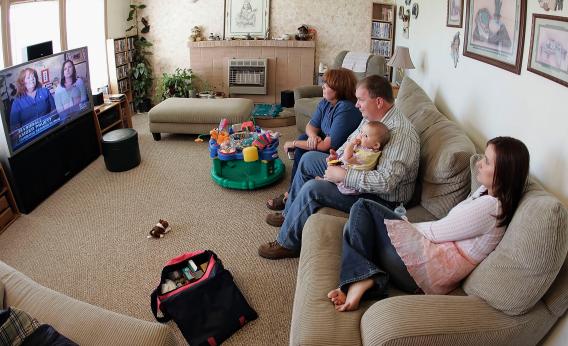Pew: 40 Percent of Mothers Are Now the Family Breadwinner

File photo by George Frey/Getty Images
The Pew Research Center is out today with what's sure to be one of the more talked-about studies of the week (admittedly, not the highest bar to clear most of the time). The topline takeaway: Roughly 40 percent of U.S. households with children under the age of 18 are now headed by women who are either the sole or primary breadwinners for their familes. That share stood at just 11 percent in 1960.
A few other nuggets of interest:
Both married and single breadwinner mothers have grown in number over the past five decades. Of all households with children younger than 18, the share of married mothers who bring in more money than their husbands nearly quadrupled, from 4 percent in 1960 to 15 percent in 2011. During the same period, the share of families led by a single mother breadwinner more than tripled, from 7 percent to 25 percent.
A family's total income is more likely to be higher when the mother is the primary breadwinner. In 2011, the median family income was nearly $80,000 for households in which the wife brought in the biggest paycheck, about $2K higher than for families with a father breadwinner and a full $10K more than families where husband and wife earn the same.
Married mothers are increasingly better educated than their husbands. In two-parent families, 61 percent have a mother who's education level is similar to her husband's, 23 percent have a mother who is better educated than her husband, and 16 percent have a father who is better educated than his wife. In 1960, the share of household in which a mother had a higher level of education stood at just 7 percent.
You can read the WaPo summary here, or check out the report for yourself below.

